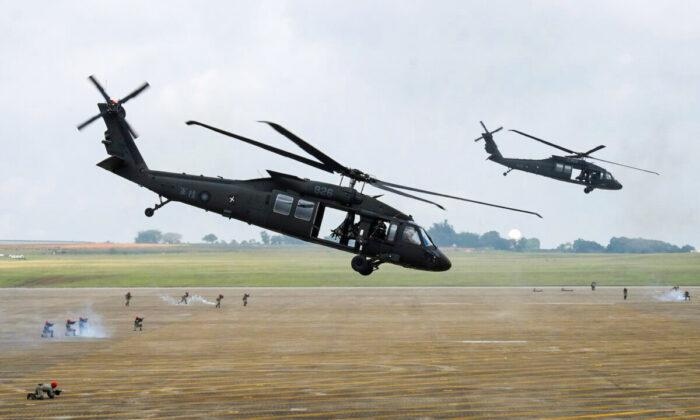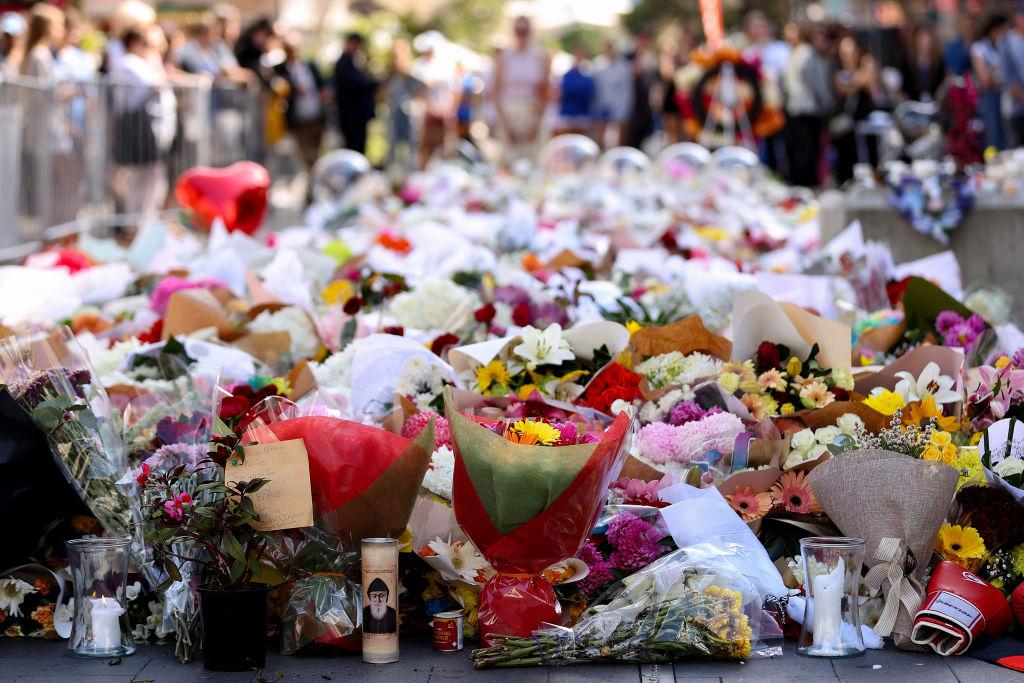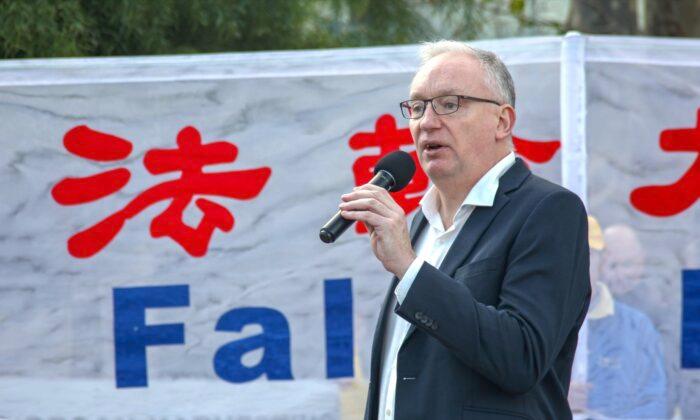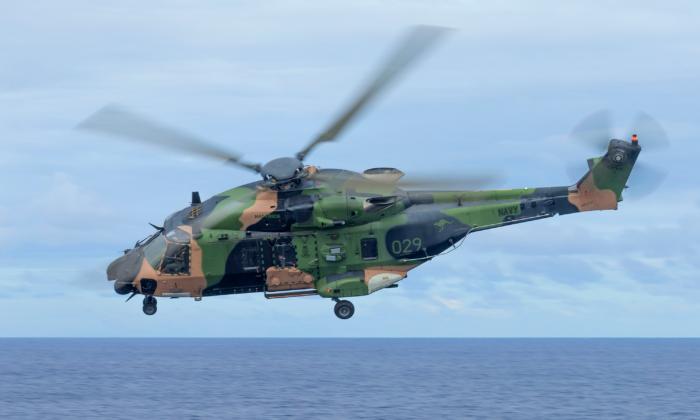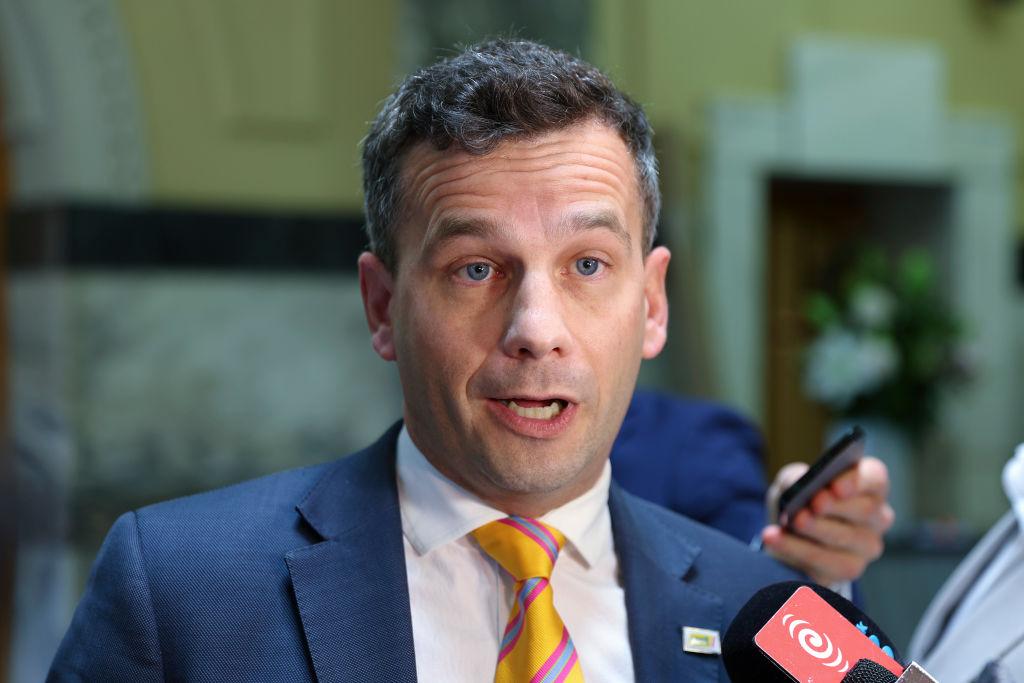Australia has confirmed it will acquire 40 U.S.-made Black Hawk helicopters for the Australian army, which will begin arriving this year to replace its current French-made Taipan helicopter fleet.
Maj. Gen. Jeremy King, head of land capability, said it was an important acquisition to meet the strategic needs of the army.
“The Black Hawk will support the deployment of our troops and their equipment where they are needed in times of crisis. The Black Hawk is a reliable, proven and mature platform supported by a robust global supply chain.
“This acquisition will mean we can continue to defend Australia and respond in times of need in a safe and effective way for years to come.”
Australia will phase out its MRH-90 Taipan helicopters following numerous safety and maintenance concerns.
For example, in June 2021, the entire fleet of 47 helicopters was grounded for safety following maintenance issues with the IT support system.
The Taipans began service in 2007 and were originally meant to retire in 2037. With the delivery of Black Hawks, the Taipans will cease operations at the end of 2024.
“We’ve just not got the flying hours out of the Taipan that we would need,” Marles said. “We’re confident that we can get that from the Black Hawks.”
The Black Hawks will operate from Oakey in the state of Queensland and Holsworthy in New South Wales.
France previously urged Australia to keep its fleet of Taipans during a review into their program and capability under the Albanese government.
Bilateral relations began to strain after the former Morrison government cancelled its $90 billion (US$60 billion) diesel-powered submarine program with a French defence contractor in favour of nuclear-powered submarines under the AUKUS agreement.
Soon after, the government announced it would retire its French helicopter fleet in favour of U.S.-made Black Hawk and Seahawk helicopters.
Peter Dutton, the defence minister under the Morrison government, said the Black Hawk was the most widely used helicopter model in the world and was heavily used by the U.S. Army.
Australia Increasing Defence Budget
Australia has been ramping up its defence spending in response to the rising threat of the Chinese Communist Party.The federal government finalised a deal to acquire 20 U.S.-made missile systems on Jan. 5 after the Ukrainian defence force demonstrated its effectiveness against Russian troops.
The government also signed another contract to buy Norwegian-made naval missiles by 2024.
The cost of the package hasn’t been officially revealed, but it’s expected to cost taxpayers $1 billion (US$680 million) to $2 billion.
The rockets have a range of 300 kilometres (186 miles), which is expected to increase to more than 500 kilometres as technology advances.
Cabinet minister Murray Watt said the increased range of the HIMARS rocket launchers would significantly boost Australia’s capabilities. The Australian army’s current missile range is about 40 to 50 kilometres.
“We want to ensure that our defence forces have the best equipment to keep Australian people safe.”
